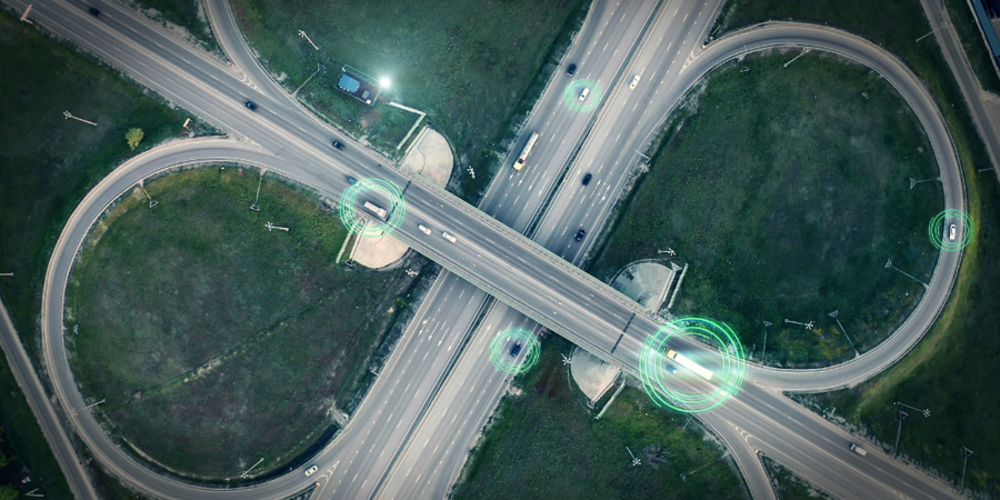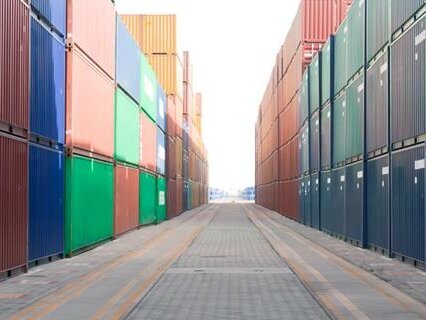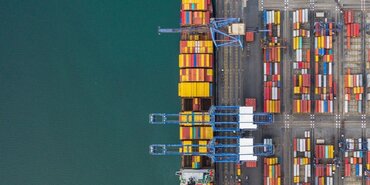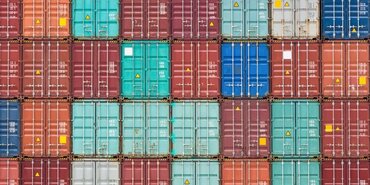TT Talk - Transport industry gears up for smart trucking

Driver shortages, rising operational costs and the need for increased safety mean that automated trucking operations offer a compelling solution for the transport and logistics industry. Big advances have already been made with automated coupling, loading and driving systems, paving the way for fully autonomous trucks and huge productivity gains. However, such smart vehicles also bring new and different risks and liabilities for freight forwarders, warehouse operators and trucking companies. There is a need therefore to undertake due diligence to ensure certainty under contractual agreements with technology providers.
Self-coupling technologies
Automated coupling and uncoupling systems streamline the process of connecting and disconnecting trailers, which traditionally requires manual intervention, can be time-consuming and prone to human error. Automated coupling not only reduces the risk of accidents and equipment damage but also allows for quicker turnaround times, improving overall operational efficiency.
For example, the system automatically connects air, electricity and data between the truck and trailer through the fifth wheel in just 1.5 seconds, allowing the driver to remain safely in the cab. Applications include the KRONE Box Liner Automatic trailer, which was shown at IAA Transportation 2024. This can be connected to both conventional trucks and those fitted with the automated system, such terminal trucks. AUCOS-Systems GmbH who made a submission to the TT Club Innovation in Safety Award in 2024 has a range of related solutions deployed in a number of operations globally, including Long Beach Container Terminal (LBCT).
Automated loading systems
Automated loading and unloading technologies have also brought major efficiency and safety improvements. This innovation not only streamlines operations but also ensures a safer working environment by reducing handling equipment traffic and associated hazards.
[It] ensures a safer working environment by reducing handling equipment traffic and associated hazards
Systems like Q-Loader and ISD enable the entire truck loading process to be completed in less than 10 minutes, drastically reducing the time and labour required. These systems use advanced technologies such as conveyors and automated guided vehicles (AGVs) to handle heavy pallets and other cargo, minimising the need for manual intervention and reducing the risk of injuries and product damage.
Self-driving solutions
Self-driving trucks equipped with advanced technologies such as artificial intelligence (AI), sensor arrays and real-time data processing have proved capable of navigating complex environments with precision and efficiency. By removing drivers from high-risk environments such as warehouses and ports, as well as optimising fuel consumption and ensuring round-the-clock operations, the introduction of these autonomous vehicles will transform the future of transportation.
Smart trucking technologies are transforming the operations of logistics operators, highlighting the need for comprehensive transport and logistics insurance.
Furthermore, advanced AI systems such as the Flux Universal Autonomy Platform can be retrofitted to any truck to make it self-driving, effectively extending its useful life into the automated age. One of the key safety features of the Flux system is its 360° sensors, which provide precise decision-making capabilities and allow for manual control at any time with the push of a button.
As the industry embraces smart trucking, ensuring adequate insurance for freight forwarders becomes increasingly important.
Conclusions
Autonomous vehicles are poised to revolutionise the trucking and transportation industry, promising to reshape the landscape of logistics and freight movement. However, smart trucking systems require an equally sophisticated digital logistic infrastructure to work effectively and safely. Without drivers and operators being present, systems need to be in place for spotting and dealing with incidents such as trailer fires and collisions.
Smart trucking systems require an equally sophisticated digital logistic infrastructure to work effectively and safely
Liability also shifts when, say a driver gets out of the cab and hands the truck over to an automatic coupling, loading or driving system. While there should be fewer incidents overall, freight forwarders, warehouse operators and trucking companies adopting smart trucking systems also need to consider where liability might rest in the case of an incident and ensure that they are contractually protected in the context of recoveries against organisations that could be asset light and are likely to be outside of the supply chain.
-
If you would like further information, or have any comments, please email us, or take this opportunity to forward to any others who you may feel would be interested.
Documents
TT_Talk_-_Edition_322__Chinese_.pdf (547 kB) 08/10/2025
- Author
- Josh Finch
- Date
- 12/05/2025





